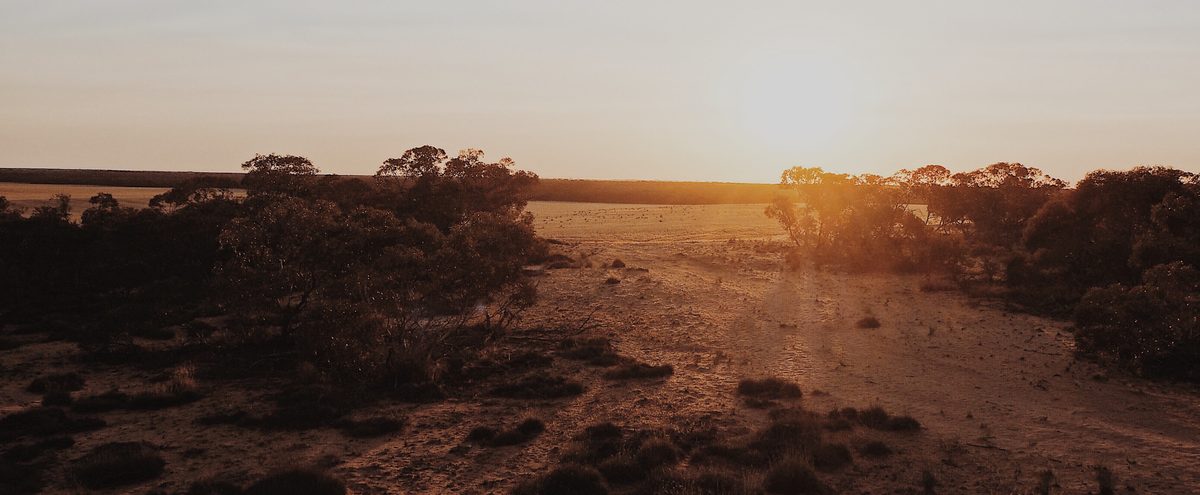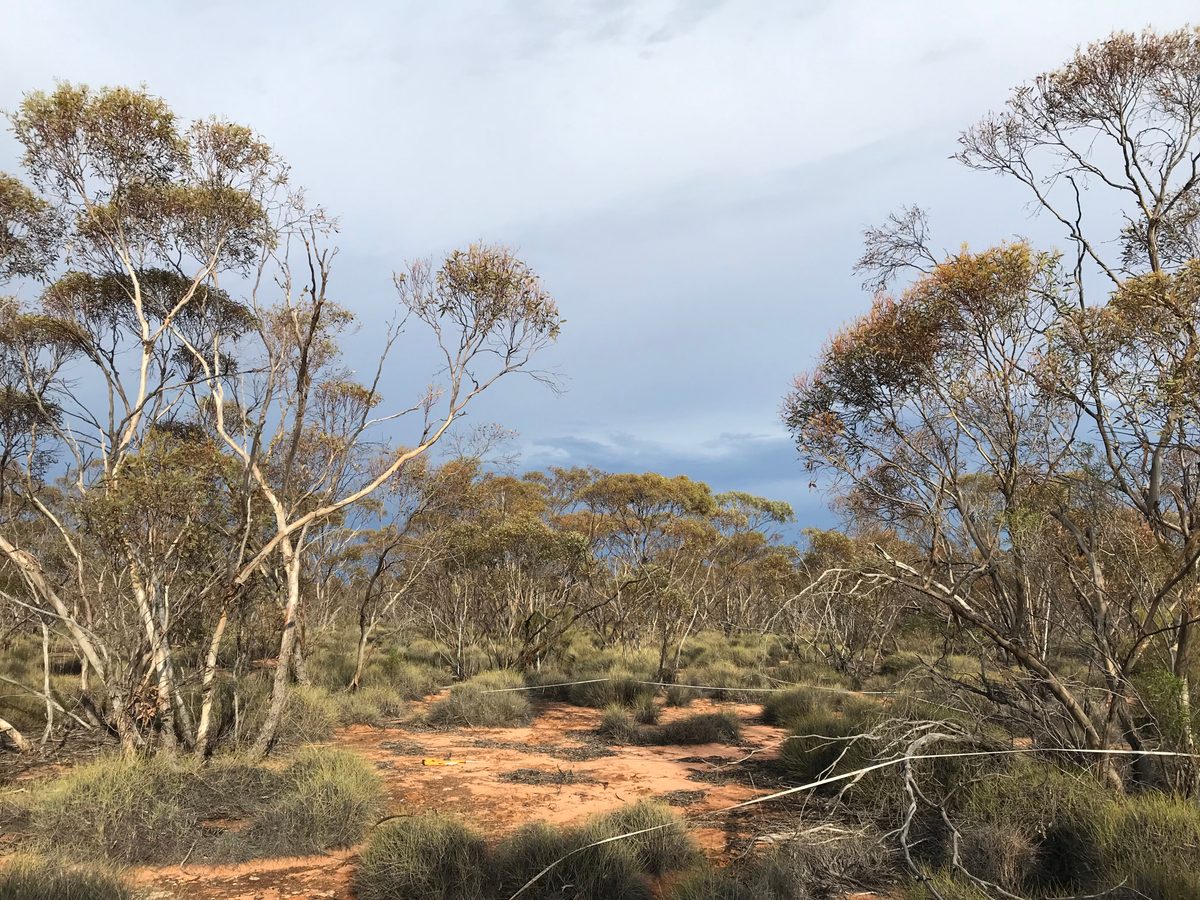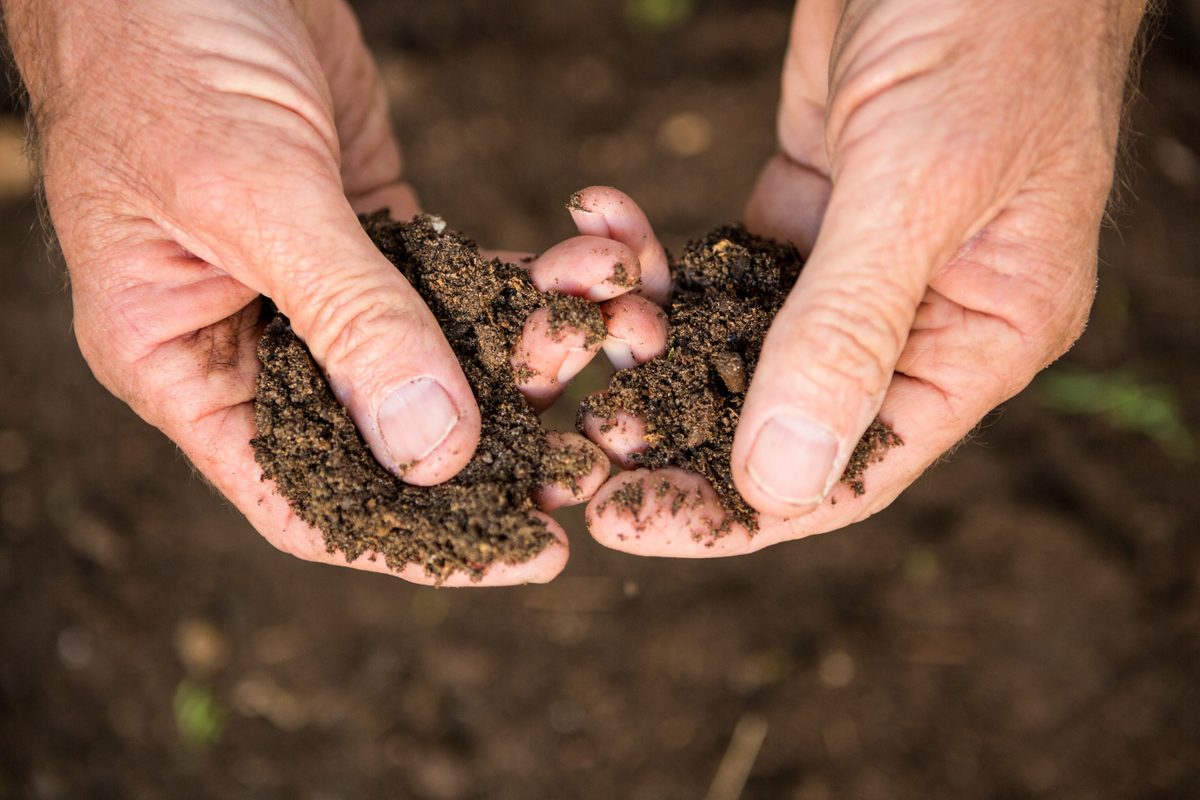
Climate change
The Murraylands and Riverland region is predicted to have the greatest decline in annual rainfall across the state, combined with an increased time spent in drought (DEW Climate Projections for SA). These are significant challenges that we acknowledge in our Regional Landscape Plan, and are working to address through delivering climate positive projects across the 5 priority areas of the plan.
Understanding climate change in our region
We’re developing a climate change strategy to guide how we adapt and respond to the impacts of a changing climate across the Murraylands and Riverland region.
As part of this work, we’ve created 2 short animation videos to help the community to understand how climate change is already affecting our landscapes – and to inspire local action.
The videos highlight how the region’s climate is changing and showcase some of the climate-positive projects already underway, including:
- Reducing our organisation’s environmental footprint
- Removing unnecessary pastoral dams to restore connectivity and control pest species
- Improving the health and resilience of wetlands
- Working towards sustainable water management
- Supporting land managers to improve soil health and prevent erosion
Our climate change strategy, currently under internal development and forming part of our broader planning framework, is closely aligned with the regional landscape plan review, which is scheduled for completion by 1 July 2026. The strategy itself is expected to be finalised by the end of 2025.
What is the difference between climate change and weather?

Weather refers to the daily or short-term changes in the atmosphere at a particular moment in time, such as the daily changes in temperature, rain or wind. Weather conditions can vary across different locations and regions
Climate refers to the long-term shifts in temperature and weather patterns for locations and regions over longer time periods, typically many years, decades and centuries.
Watch this video of Neil deGrasse Tyson explaining the difference between weather and climate:
Impacts of climate change in our region
The climate in the Murraylands and Riverland region is shifting, as revealed by changes in environmental conditions and impacts already being experienced. These changes include:
- The period of favourable seasonal conditions to undertake bushfire management activities like controlled burns is reducing. These burns are needed for asset protection and to regenerate native vegetation.
- Some native species that were common have become rare or threatened due to climate induced changes to habitat and living conditions. Other species, native and non-native, have increased in number and spread in the changing conditions.
- The period of favourable growing conditions for establishing revegetation is reducing and becoming more unreliable, according to volunteers working in habitat conservation.
- Extreme or prolonged weather events like floods and drought, hailstorms, thunderstorms and heavy frosts are causing greater damage across the region.
- Extreme weather events, more or new pests and weeds, and fluctuations in water availability are some of the changes that regional communities and businesses have already noticed.
Mitigation vs adaptation
Responding to climate change requires mitigation and adaptation. Mitigation activities seek to limit the amount of greenhouse gas emissions or enhance carbon sinks or sequestration. Adaptation is about adjusting to the effects of climate change on our landscapes to plan for or reduce impacts.

Adapting to climate change
The landscape board aims to help communities to improve the resilience of natural and agricultural landscapes so they have the capacity to withstand or recover from, and adapt to, the effects of climate change. To find out more about how the landscape board is building resilience to climate change, take a look at some of our ongoing projects:
Living Landscapes Project
This project aims to restore the ecology of the South Olary Plain by addressing priority issues including reducing grazing pressures, restorative activities and revegetation projects. This project is a collaboration between the Murraylands and Riverlands Landscape Board, property managers, non-government organisations, conservation groups and First Nations peoples.
Carbon Farming Project
This project is helping farmers and other landowners to understand what carbon farming is, how carbon can be captured in soils, and how this capture carbon can contribute to reduced emissions and carbon causing practices on property.
River Murray Restoration Projects
Several programs are set in place to help improve the resilience of the River Murray communities, wetlands and floodplains in South Australia. The Riverine Recovery Project uses adaptive engineering management and solutions to bring back flow variations that existed before locks, weirs and causeways. The Coorong and Lower Lakes Recovery Project is restoring the ecological and productive value of the region through restoration initiatives.

Mitigating climate change

The landscape board supports many projects in the region to mitigate or reduce the impacts of greenhouse gases. Encouraging no-till cropping, soil improvements and modification of current growing practices can reduce the amount of carbon released to the atmosphere. Managing the impacts of pest plants and animals supports healthy vegetation by capturing more carbon through increased vigour, growth and resilience.
The landscape board promotes and supports revegetation and planting projects, including carbon offsetting, and works to ensure that the organisation internally strives towards carbon neutrality.

Programs and projects that support climate change adaptation and mitigation are delivered by the landscape board with funding from the landscape levies and funding from the state and federal governments, community and industry partnerships.
For information on the landscape board’s projects and partnerships, and to keep up to date with our work, subscribe to our regular e-newsletter The News.
To find out more about how the Murraylands and Riverland region is expected to change, visit the climate science, information and resources pages of the Department for Environment and Water website.
More information
Murraylands and Riverland Landscape Board
Unit 5-6, Level 1 Sturt Centre, 2 Sturt Reserve Road, Murray Bridge, SA, 5253
08 8532 9100

